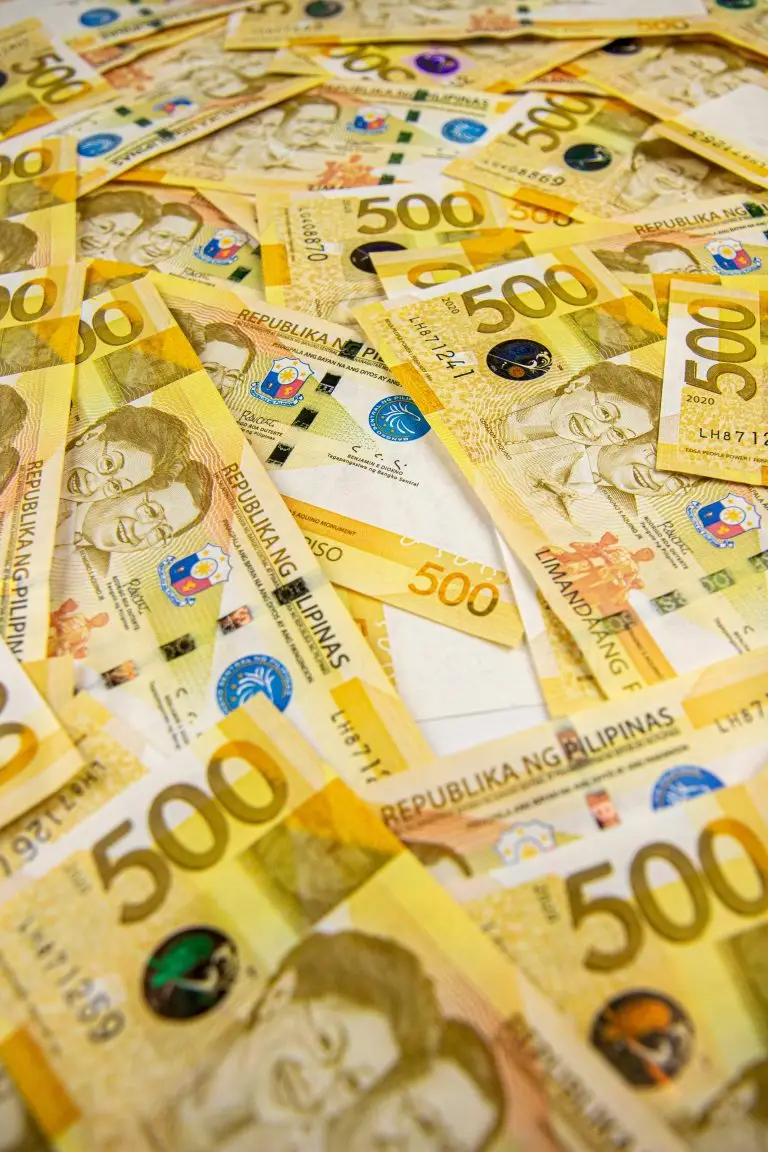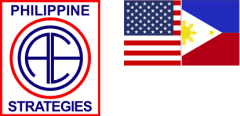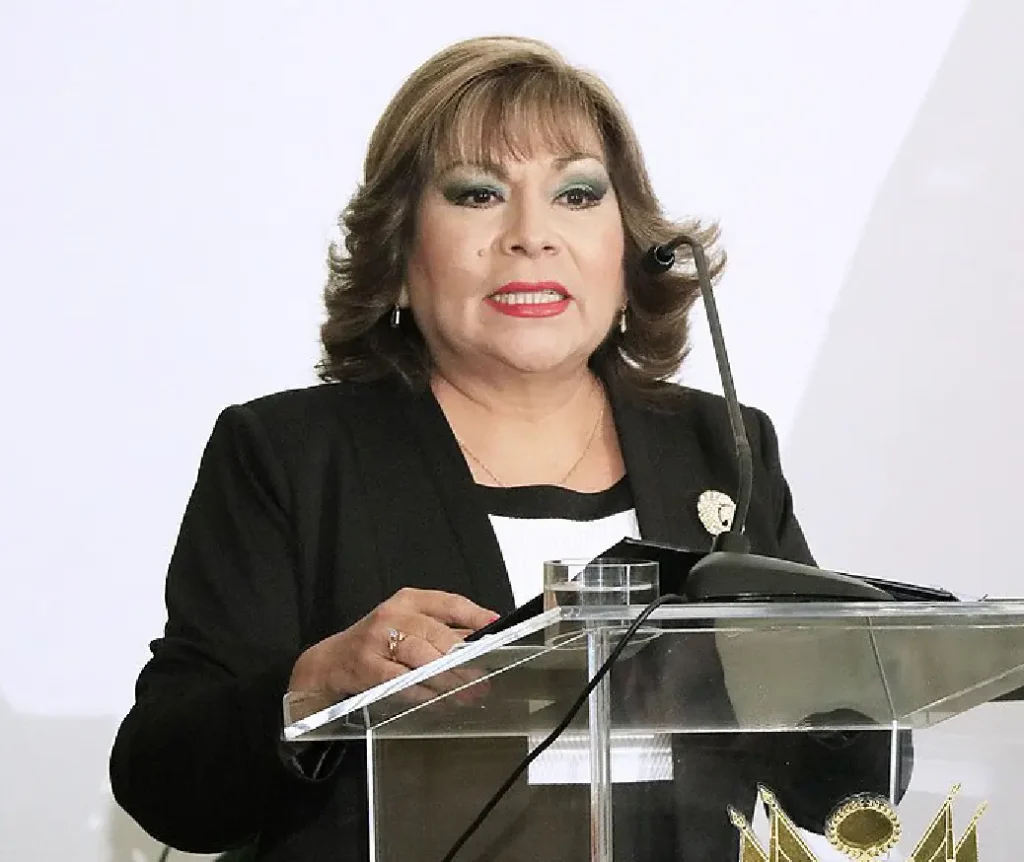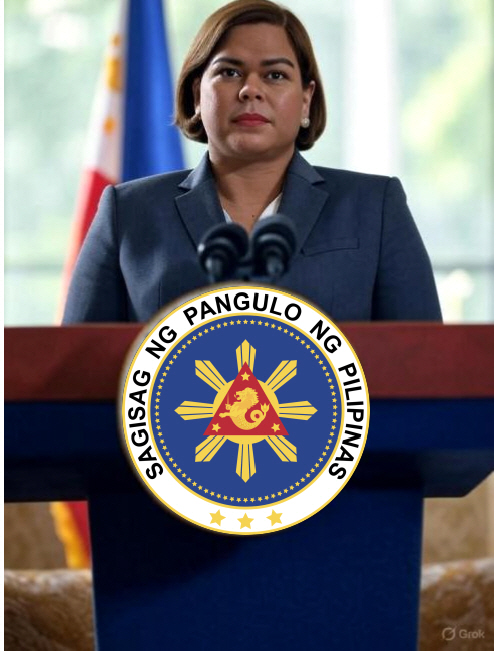
An exploration of how tribalism and corruption shape Philippine politics and business dealings.
Except for around eight million Tagalogs in Manila, none of the other native-born inhabitants of the archipelago have a sense of “being Filipino.” Despite their 1986 fall from dominance, the Ilocanos still regard themselves as superior over all other tribal groups. The Kapampangans and Tagalogs have detested each other for over 2,000 years, a hatred that was solidified when the men of Macabebe, Pampanga joined the Americans after Emilio Aguinaldo’s Caviteños massacred half their town for refusing to join the fight. While the Cebuanos hate being forced to play second fiddle to Imperial Manila, the Waray remain viewed as incomprehensible, irascible space aliens by the rest of the country. Finally, the Moros just want to sever the western part of Mindanao and paddle it off into the Sulu Sea, where they would finally be free to build beachfront resorts for rich Saudis and impose Sharia Law without interference from those pesky “Kafir” (Arabic for Infidels) in the north. Tribalism is not just a thing in the Philippines, it is the only thing.
When confronted with people from other countries who ask about their national origin, OFWs (Overseas Filipino Workers) invariably respond with, “We are Filipinos,” to avoid confusion. Yet, when two strangers are standing in line at the “MOA” (Mall of Asia) cinema and an announcement is made that there will be a delay in the start of the movie, what is the very first question asked in the universal dialect when boredom strikes? “Taga saan ka?” (Where are you from?). If one says Manila, and the other says Cebu City, which language do they then converse in? Surprise – it is English! Cebuanos are notorious for having a psychological aversion to Tagalog, and Tagalogs would never lower themselves to learn Cebuano, so they settle on English as the lingua franca, and everyone is pleasantly on common ground. Waray and Kapampangans, Ilocanos and Bicolanos, Chavacanos and Ilonggos – same deal. Having witnessed this phenomenon firsthand from Bosco to Zambo, I usually chalked it up to what linguists refer to as “improvised cultural diversity,” something the people here have always tolerated. As it turns out, English is simply the easier medium.
Rodrigo Duterte was unique in many ways, but his views on federalism made him stand out significantly from other Philippine presidents. Until his improbable ascendance to the Palace, politics in the country were mostly dominated by the usual group of Luzonian families and everything south of Batangas City was considered the hinterland. While Mayor of Davao, Duterte experienced and railed against often heavy-handed, officious Tagalog oversight, frequently taking umbrage with the fact that he was doing all the heavy work yet rewarded with disdain and dismissal. In his way of thinking, taming Davao, geographically the largest city in the world struggling under its competing elements of criminals, communists, and contrarians, was a monumental accomplishment he felt eternally unappreciated for. Duterte, as compared to those who came before him, knew what it was like to feel marginalized, maligned as a “Probinsyano,” and it did not sit well with his way of thinking.
After the Dabawenyo storming of Malacañang in 2016, his campaign motto of “Change is Coming” quickly morphed into a sort of “Katy, bar the door!”, promising to shake up Filipino society in a way never-before imagined. Promoting federalism was his opportunity to become the de facto spokesperson for all the southern provinces that, for many, many years had felt neglected, regardless of how much tax money was sent north. On the surface, federalism seems like a grand idea, especially when set up in systems like the U.S., Australia, and Canada, three of the most economically prosperous countries in the world. The only problem is that, in the Philippines, many political scientists believe it would never work, for the same reason cited above: There is simply not enough in common among the major tribal groups for sustained, voluntary political cohesion.
Nowhere on the planet is this more evident today than in the Philippines. Arguably the most glaring example of how federalism, if implemented in the manner proscribed by DU30, would face an insurmountable challenge is the Bangsamoro scenario. The “Moros,” as they refer to themselves generally, have never accepted a Filipino citizenship moniker, choosing instead to wage violent resistance against Manila for hundreds of years. According to my numerous friends and associates throughout Mindanao, many of whom are now Datus (local chieftains), previous attempts at assuagement by offering greater autonomy have, as many who understand just what the Quran in fact commands Muslims to do, only served as a catalyst for what their true goal is – an independent Islamic nation.
Even after the establishment of the BARMM (Bangsamoro Autonomous Region in Muslim Mindanao), there will always remain armed groups who muddy the water and disregard the new law altogether, making remote management of the area ultimately untenable. As with the communist insurgents, expecting them to turn in their weapons and become jeepney drivers after years and years of profitable banditry is simply unrealistic. With ISIS infesting Sultan Kudarat and Maguindanao, it would be all but impossible to include them in any kind of union governed from Luzon.
Outwardly, Duterte’s intentions regarding federalism seemed benevolent. He expressed conviction that such a system could be doable under his leadership. History, however, shows this had not always been his stance. Back in 2005, Mayor Duterte threatened to lead efforts toward Davao Del Norte – if not the entirety of Mindanao – declaring independence. In fact, both he and the Singson potentates of Ilocos Sur were rattling their proverbial secessionist sabers in anger at the prospect of “Ate Glo” (then President Gloria Macapagal-Arroyo aka GMA) being deposed by angry Erap (former President Joseph Estrada) and Poe (Actor / Presidential candidate Fernando Poe Jr., aka FPJ) supporters after the 2004 elections.
Idle talk? Insincere banter? These sentiments are real, tangible, “galing sa puso.” Or, as Rodrigo Duterte would know it, “gikan sa kasing-kasing.” The question that really needs to be asked is, “Would a breakup of the current system be a bad thing?” What lofty heights might the five new, potentially independent nations of Ilocandia, The New Tagalog Republic, Kabisayaan, Bangsamoro, and Greater Mindanao (with Davao as its Capital) attain?


